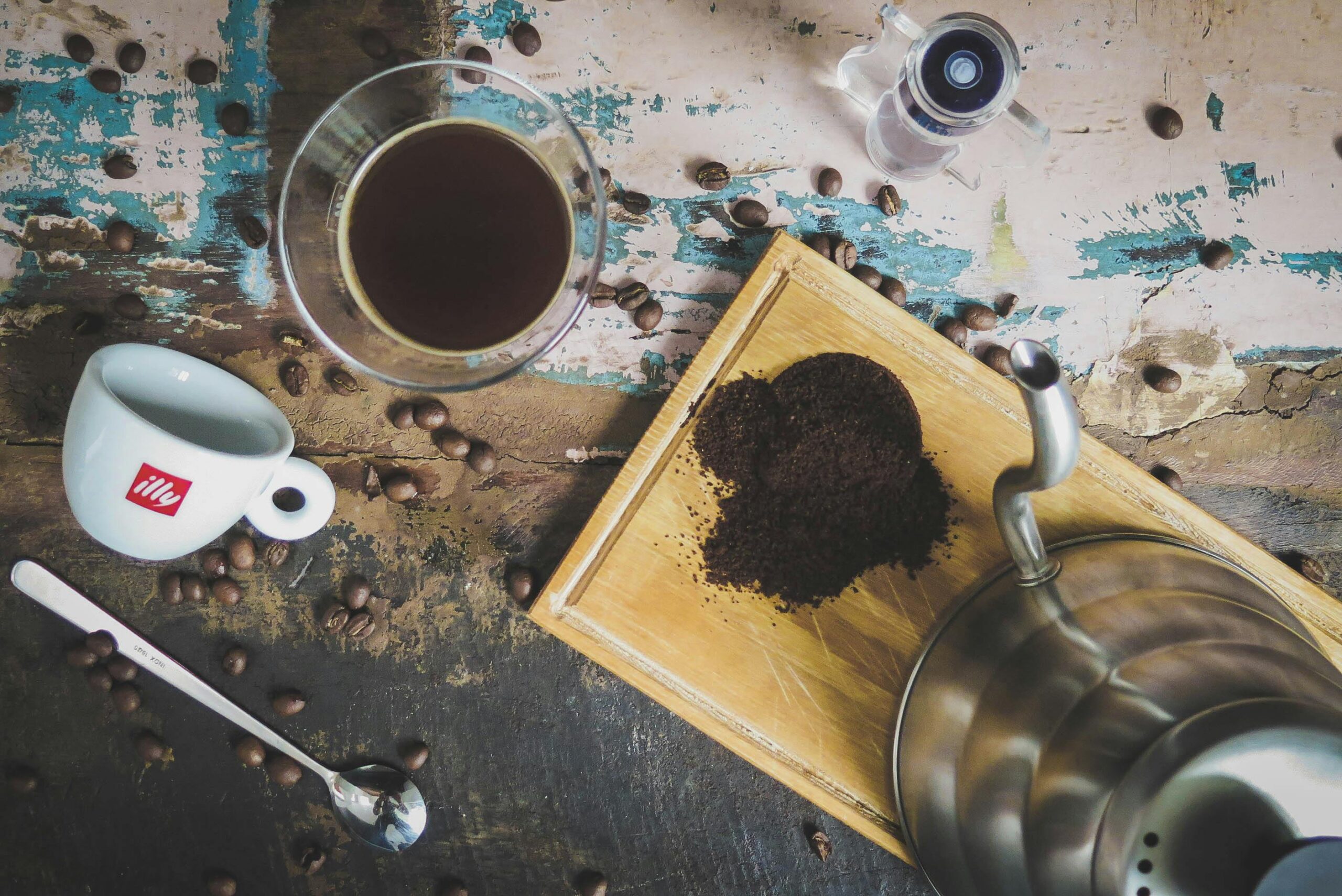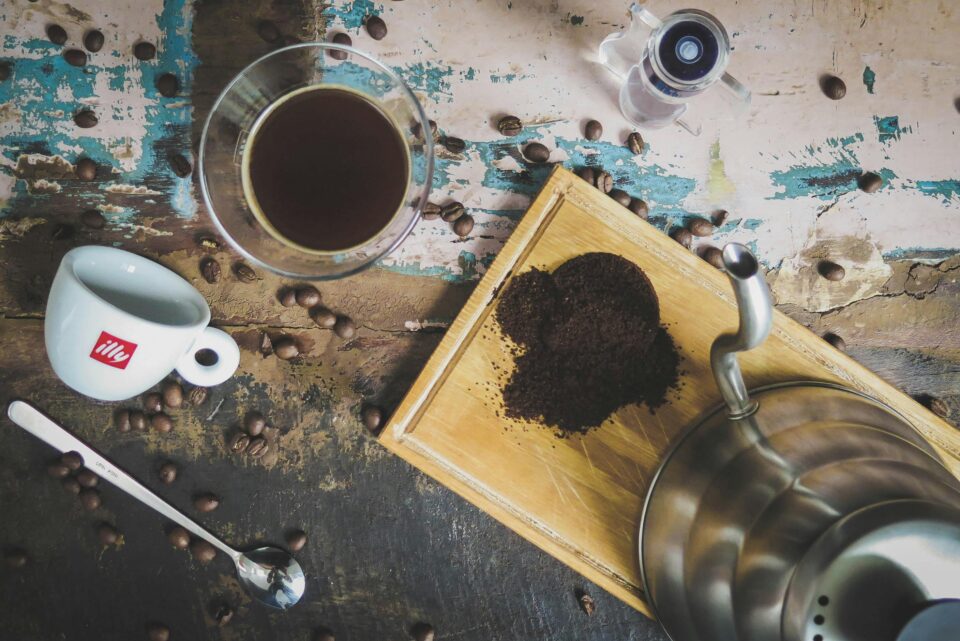A daily coffee can be the key to a day of productivity, calmness, and success, yet many may be overlooking this crucial key for a supreme tasting cup. Grinding coffee beans – the secret to achieving the rich flavours and aromas. Want to improve success margins for the coffee of your dreams? Grinding may be the answer needed all along.
Tips and tricks to make the science work for you
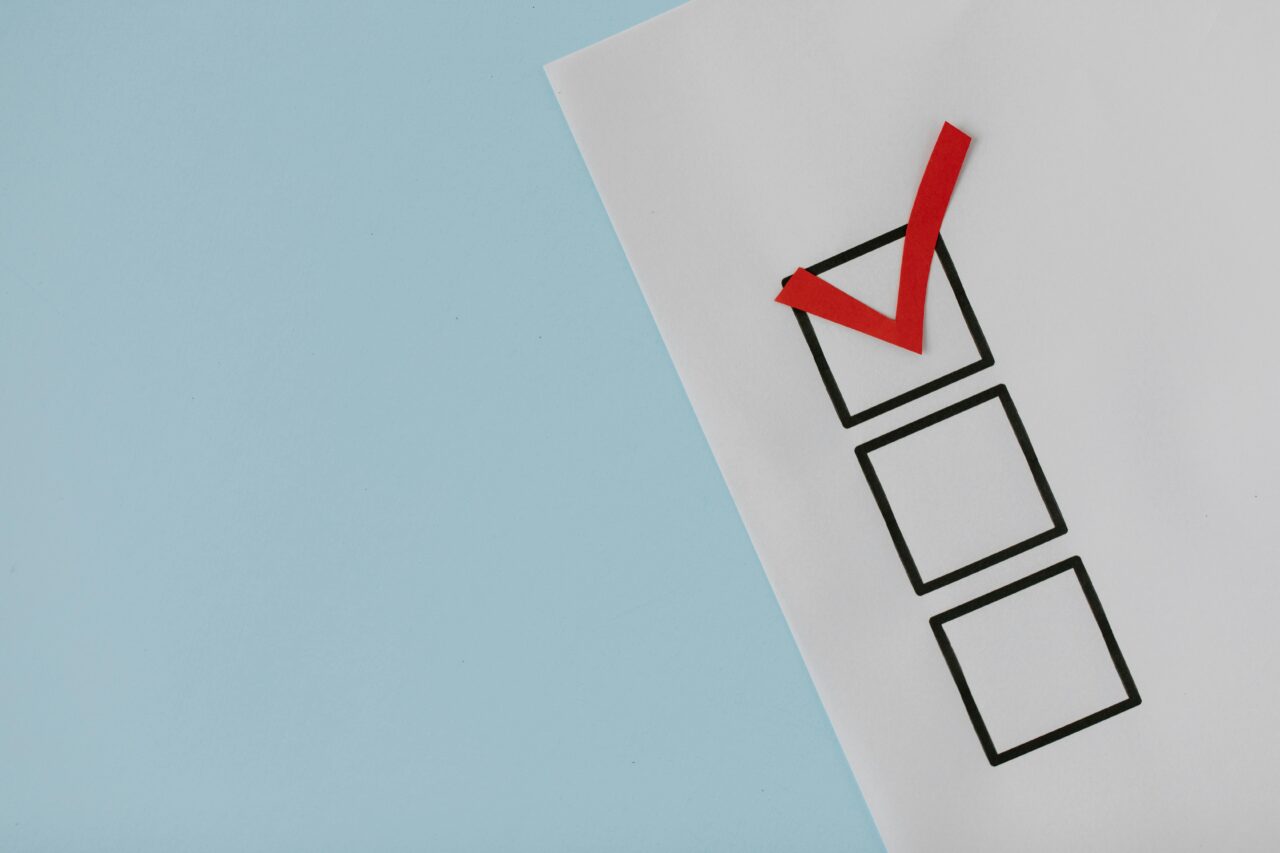
By grinding coffee beans – the cell wall structures are broken down to expose the interior compounds to water. One of the benefits of grinding coffee beans allows flavours and aromas to be extracted when steeped in water.
Top Tip: Ground size impacts the efficiency of extraction.
Grind size refers to the coarseness, or fineness, of the ground coffee beans. Different grind sizes are necessary for different coffee creations and brews. Here’s a guide on what brewing method is best for your grind and coffee of choice:
- Coarse Grind
Look: Like sea salt
Ideal for: French press and cold brew (longer extractions)
The Process: The larger particles allow water to slowly extract flavours for a cleaner, brighter and less bitter taste
- Medium Grind
Look: Resembles granulated sugar
Ideal for: Drip coffee makers and pour-overs, the faster extraction requires a slightly lighter grind, as the compounds have less time to brew
The Process: Provides enough surface area to extract sweet and acidic flavour palates creating a versatile grind for different brewing methods and hot drinks
- Fine Grind
Look: Powdered sugar
Ideal for: Espresso (brewing high pressure to extract flavour quick)
The Process: Increased surface area enables rapid extraction, plus producing rich and intense coffee flavours
Tip: Brewing for too runs the risk of over-extraction, resulting in increased bitterness.
- Extra Fine Grind
Look: Like Powdery flour
Ideal for: Speciality coffee like Turkish Coffee
The Process: With maximum surface area complete flavour extraction can occur quicker and produces more intense flavours
As seen above, the choice in grinding coffee beans benefit all different flavour palates, crucially developing drinks correctly to match individual taste preferences and drink types. There is a direct correlation between grind size and the time required to brew the coffee. The larger the coffee grinds, the longer the required extraction time.
Top Tip: Grind beans just before brewing to preserve freshness and furthermore the taste.
Measuring guide for perfection
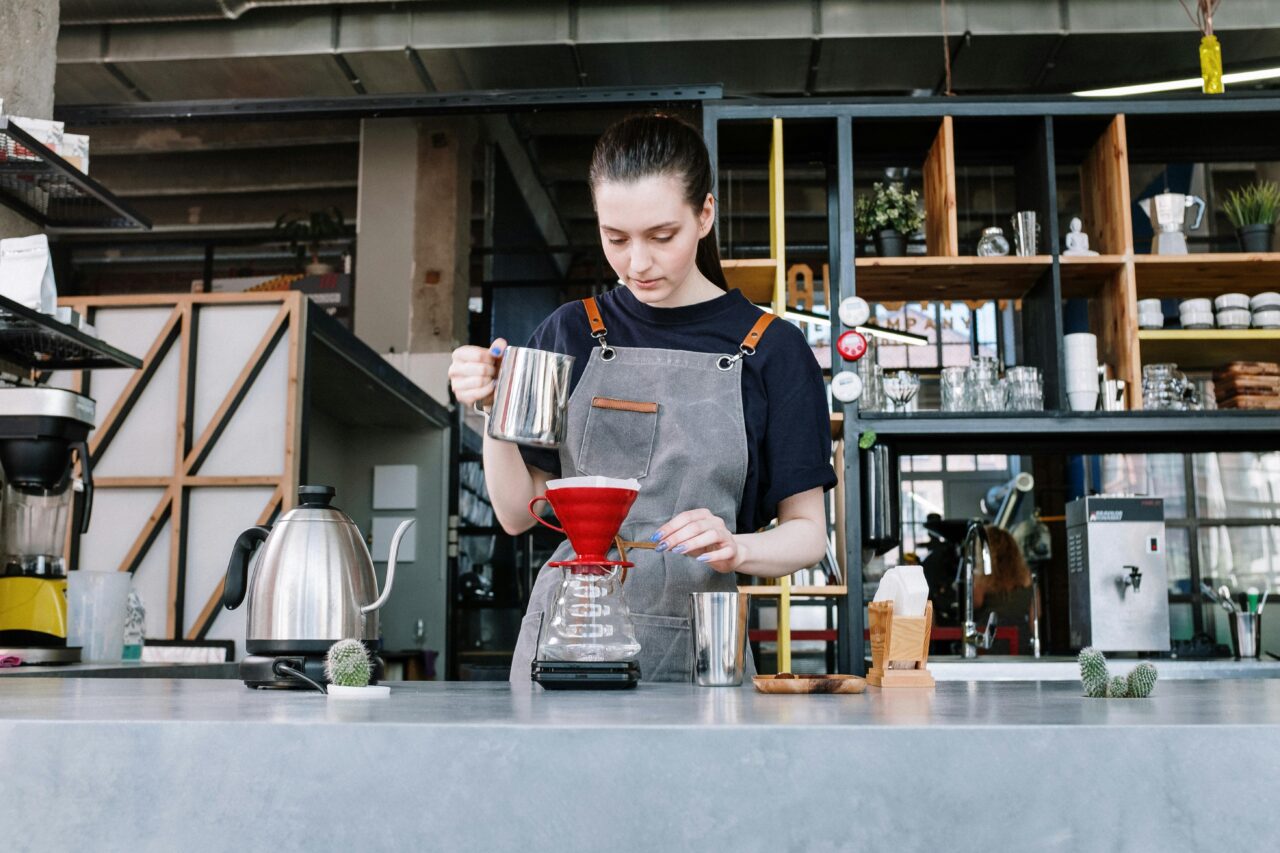
Like in any recipe, amounts are critical.
Recommendation: Using digital scales can make this easier and more effective, but a measuring cup is a popular choice.
To enhance the palate, use the same coffee-to-water ratio each brew. For a strong cup of coffee, the standard use is 1:20 ratio. However, adjust this depending on personal preferences and taste requirements.
The perfect temperature
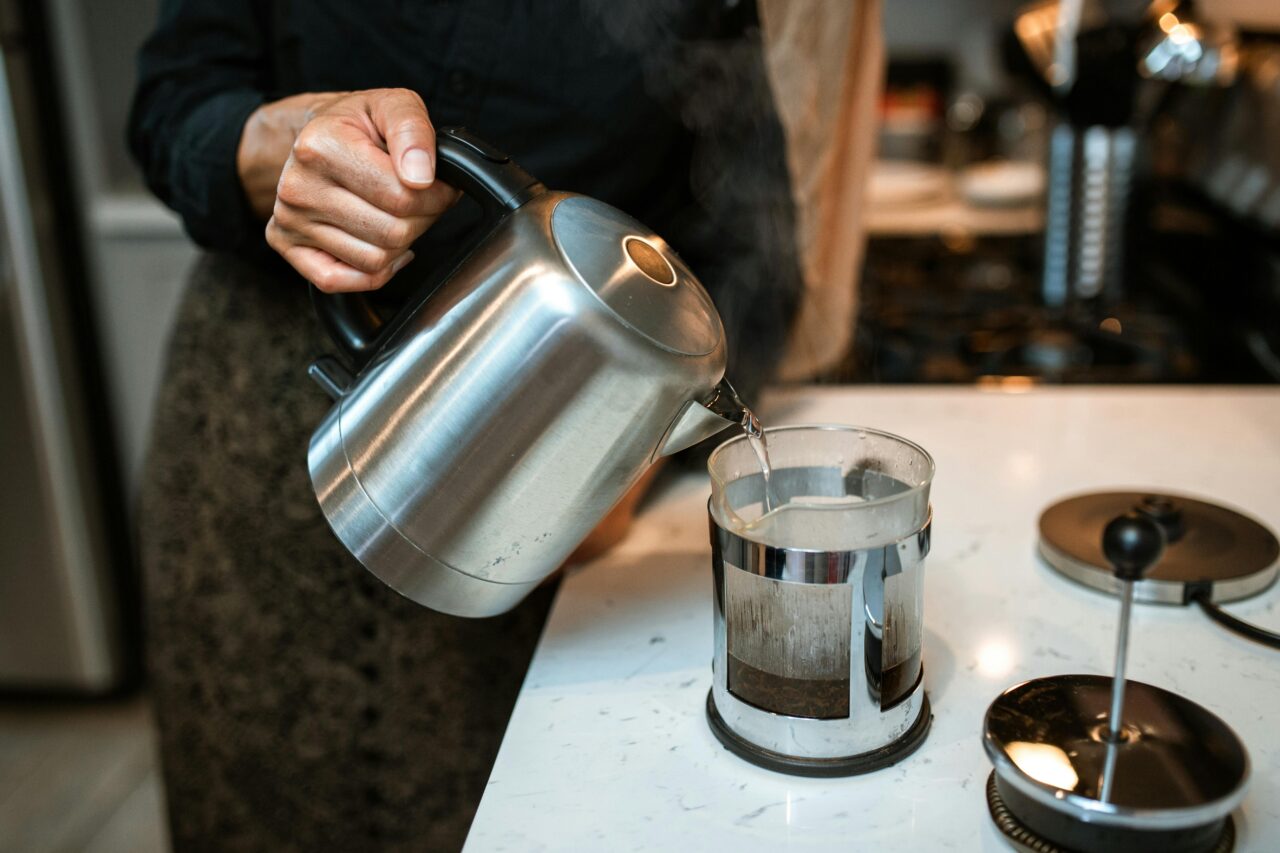
Between 195 and 205 degrees Fahrenheit or 90.6 and 96.1 degrees Celsius, is the desired brew temperature.
If using boiling water, use recently boiled water that has been standing for just over a minute. Avoid re-boiling water, as the oxygen levels in the water will be low, which burns the coffee grounds creating that bitter ‘burnt’ tasting coffee.
Top Tip: Pouring water onto a spoon before it reaches the coffee beans gives it a chance to cool, avoiding ‘burning’ the coffee.
Quality coffee beans, quality water
To reach the full benefits of grinding your own coffee beans, consider the standard of water being used. Minerals in hard water can interfere with the extraction process, resulting in coffee that tastes bitter and dull. A high mineral content can also lead to a build-up of limescale in coffee machines, kettles and water boilers, resulting in descaling being required more frequently. Likewise, water lacking minerals from being heavily filtered or distilled can force water to take the minerals out of the metal in the machine itself. For the best results, water with a mineral balance of 150 parts per million is recommended to get an ideal balance.
Therefore, lightly filtered water is best for a fresh and pure taste. Our hot water taps are always a great option to ensure your water is clean and optimal.
Top Tip: Regular cleaning and descaling prevents mineral build ups in coffee equipment, ensuring a clean tasting brew every time.
The essentials of grinding coffee beans
Overall, grinding coffee beans is an essential part of making the perfect bean-to-cup brew, and can take your standard coffee from dull and uninspiring to rich, complex flavour experience. Whatever the coffee drink, choosing the right method of grinding is often overlooked or misunderstood, so use these tips going forward to ensure you’re getting the ultimate cup of coffee every time.
